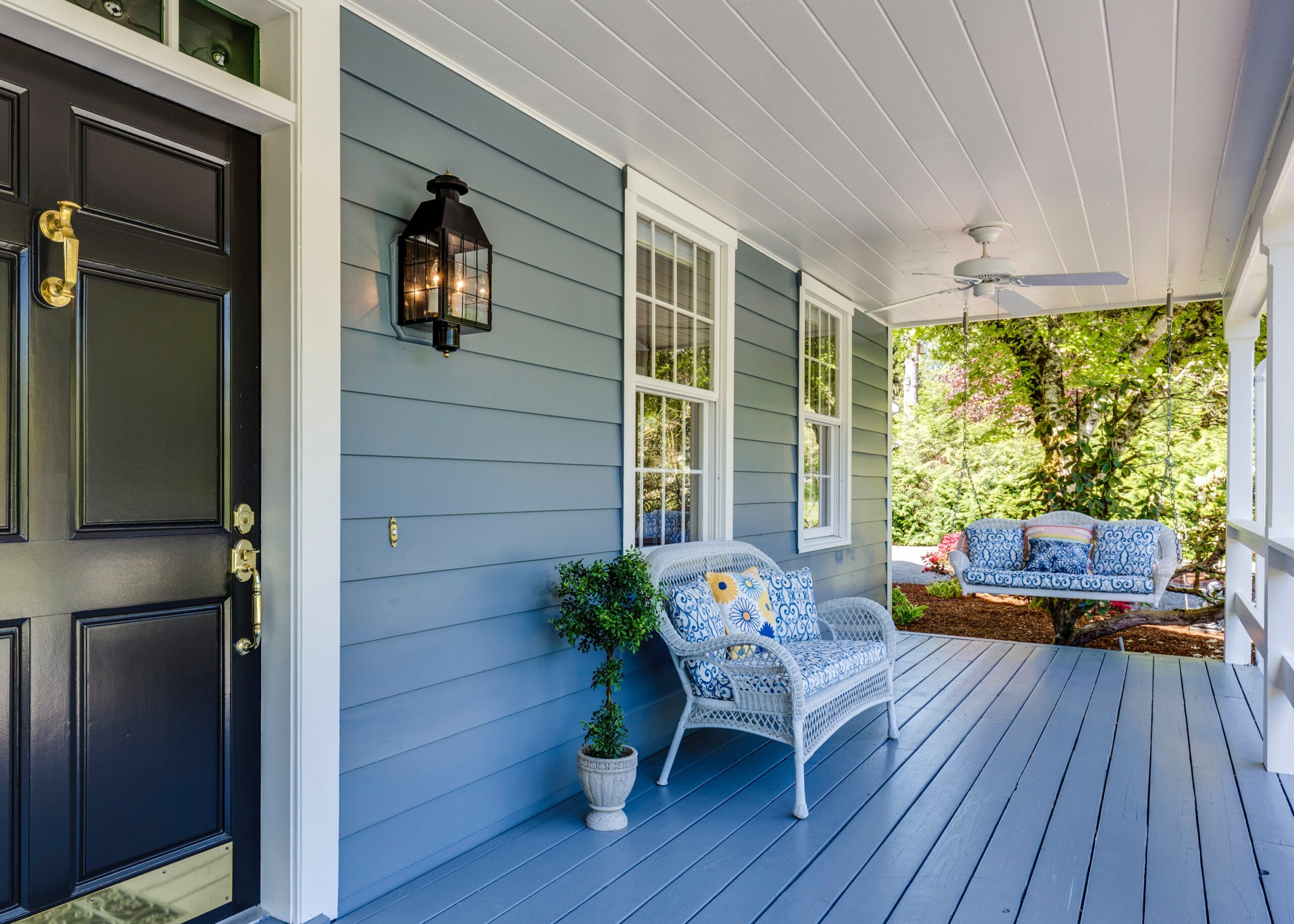5 Home Investments That Are Actually Worth The Money (As Long As You Can Afford Them)

You’ve likely heard the saying, “Money saved is money earned,” and to an extent, this penny-pinching proverb holds true. The more money you save, the more money you’ll have to allocate elsewhere, in areas that need it more. But at the same time, money spent is also money earned — if you’re working on your home, that is.
If you’re strategic about your living space, a little extra investment now can pay off with fewer maintenance expenses and a better resale value in the future. If you can afford to make the adjustments in this article, you should, because you’ll recoup your initial losses and eventually profit. If you’re naturally thrifty, you might just have to step out of your comfort zone for this one.
Here are five suggestions to help you better your home and bank account, providing a few financially sound purchasing decisions for you to consider. Whether you see the immediate advantages of smart home technology or the more subtle benefits of a new mattress, you’ll find the items below are well worth their price tag.
1. Smart Home Tech
Advances in smart home technology have made it easy to regulate your living space. You might like the idea of a voice-controlled lighting system that dims or brightens at your command, or you could appreciate the value in a video doorbell you can monitor from your phone. The list of innovations goes on and on, and some even offer practical benefits for your wallet.
Sure, the cost of smart home products is admittedly high, but the prices are easy to justify when you consider the long-term benefits. The initial investment of $200 to $250 for a smart thermostat often saves a homeowner around $150 per year in utilities, and it doesn’t end there. The addition of smart security devices like wall-mounted cameras can protect your property from package theft.
Don’t go crazy for the latest and greatest in smart home tech, but invest where you think a device will have the biggest impact.
2. A New Mattress
Your mattress is fundamental to your health, and research reflects this. Studies have shown that a new bed significantly increases sleep quality and pain reduction while also decreasing stress, contributing to the subject’s well-being. The alternative is a literal nightmare — a cheap mattress can sabotage your sleep and threaten your productivity during the day.
If you’ve held on to the same mattress for more than a decade, you should consider making a change. Instead of relying on coffee to make up for an old or cheap mattress, invest in your home and your health by choosing a quality mattress. It will last you a decade, and the benefits of this financial investment will leak into your everyday life.
3. High-Quality Paint
If you’re feeling “blah” over an old space and think it needs a makeover, you might take a trip to your local hardware store and start collecting supplies. As you browse the aisles, don’t be tempted to land on the cheaper options available. In truth, the quality of the paint is integral to your success, and purchasing cheap paint will end up costing you more money down the line.
High-quality paint will offer you even coverage with fewer coats, avoiding common problems with low-quality paint like dripping and coagulation. Plus, what you save in cash will cost you in time if you have to apply more coats of paint. A small project that would otherwise take a day might extend into a week. By spending a little more, you’ll simplify the process and enjoy cleaner results.
4. More Durable Flooring
Replacing flooring is daunting to new homeowners, and that’s no surprise. While pretty new floors can make a huge impact on your home, the best materials are a pricey investment. But if you’re focused on this project, it’s important to keep your home’s long-term value in mind.
If you can afford to spring for hardwood floors, that’s awesome. If not, that doesn’t mean you have to stick with carpet, which picks up toxins and lacks durability. Alternate flooring materials, like laminate, can mimic the stylish look of hardwood while presenting fewer maintenance issues over time. Plus, they don’t typically have a negative effect on your home’s resale value — which carpet is sure to do.
Flooring can impact your home’s style, market appeal and maintenance costs. If you’re choosing to upgrade, make sure you spend a little more for durability and appearance, even if you’re on a budget.
5. Solar Panels
Solar panel installation is the most expensive up-front investment on this list, but homeowners who adapt their energy infrastructure will see enormous returns. They’re contributing to the planet’s health, of course, but they’re also contributing to their bank account, reducing carbon emissions as they sell their excess power back to utility companies to earn a profit. Unfortunately, the cost of the equipment is often a barrier to overcome.
The U.S. government has addressed this obstacle with residential renewable energy tax credits. Taxpayers can claim a credit of 30 percent of qualified expenditures for a system installed in their residence, as long as they own and occupy it. You’ll receive financial assistance with the labor involved in preparation and assembly, as well as any piping or wiring to integrate the system with your home.
A Smart Investment Pays Off
While you may have to shell out some cash initially, a smart investment will lead to savings you’ll see in lower utility bills, improved energy and wakefulness, fewer cans of paint and reduced carbon emissions. If you can afford the items on this list, you’ll enjoy all these benefits and more — and that’s the nature of investments. You have to spend money before you can earn money.
Whether you buy a smart thermostat or put thousands of dollars toward adjusting the energy infrastructure of your home, it’ll yield high returns. How much you’ll make depends on what you’re willing to pay up front.
Holly Welles believes anyone can learn to make the most of their space. She’s a real estate writer with her own blog, The Estate Update, and a frequent contributor to Homes.com, Porch and other websites. Find more of her tips on Twitter @HollyAWelles.
Image via Unsplash
Like this story? Follow The Financial Diet on Facebook, Instagram, and Twitter for daily tips and inspiration, and sign up for our email newsletter here.




